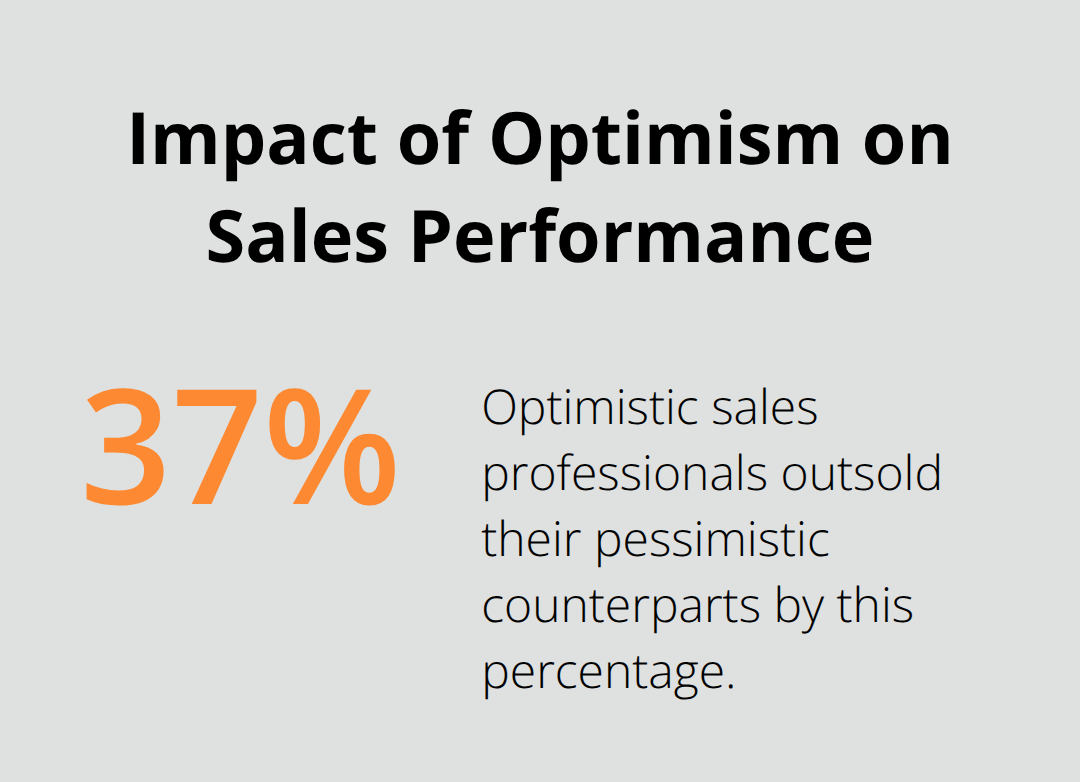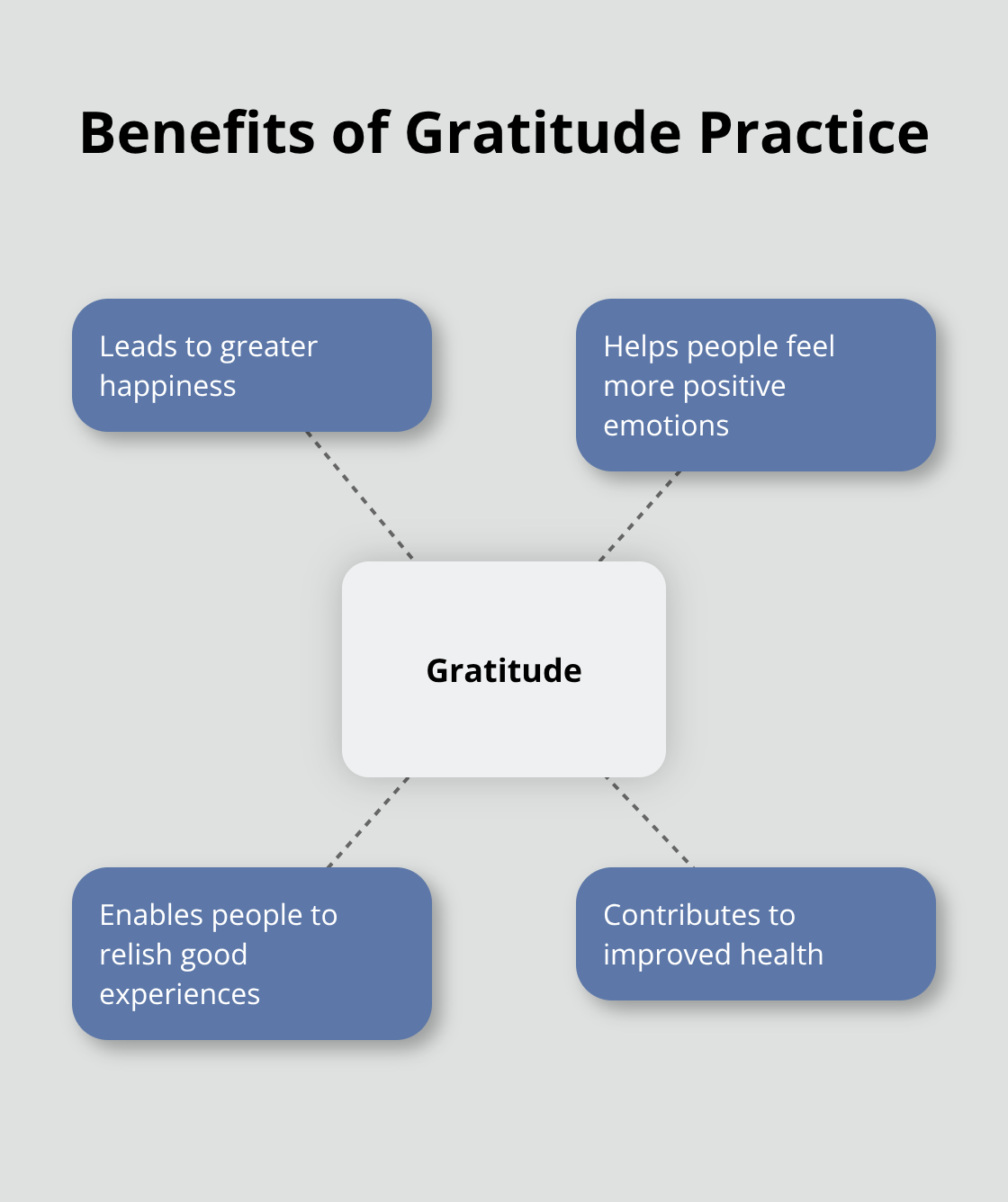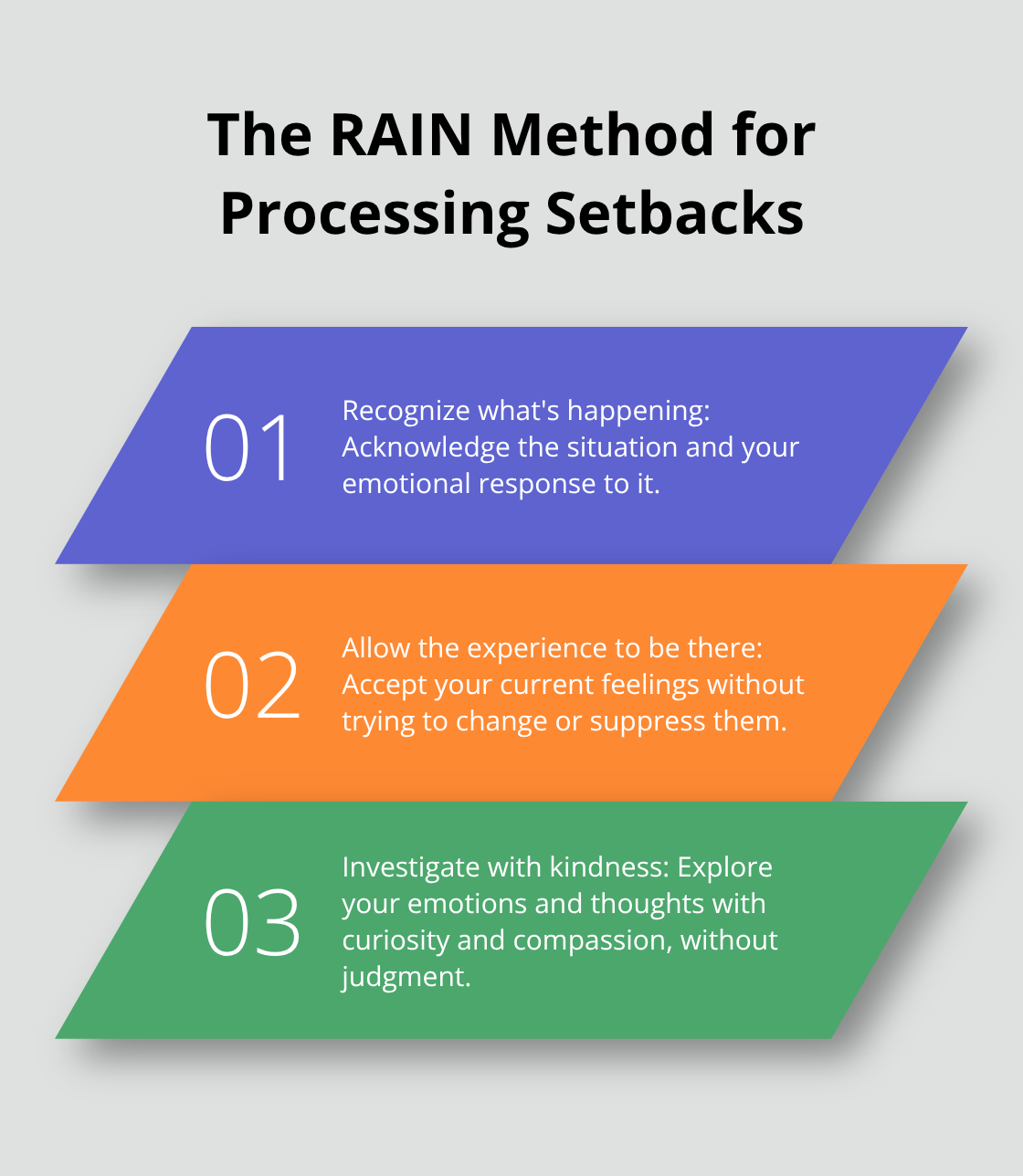At Global Positive News Network, we believe that learning how to have a positive outlook in life is a game-changer. A positive mindset can transform your mental health, physical well-being, and overall success.
In this blog post, we’ll explore practical strategies to cultivate positivity and overcome obstacles that may hinder your optimistic perspective. Get ready to discover actionable tips that can help you embrace a more positive approach to life’s challenges.
The Transformative Power of Positive Thinking
Boosting Mental Health Through Positivity
Positive thinking transforms lives. It’s not just a feel-good concept; it’s a powerful tool that reshapes your entire existence. Research from the Mayo Clinic confirms that individuals who maintain an optimistic outlook experience lower rates of depression, lower levels of distress and pain, and greater resistance to illnesses. This doesn’t mean ignoring life’s problems, but rather approaching challenges with a constructive mindset.
One effective way to cultivate positivity is through daily affirmations. Start your day by stating three positive things about yourself or your life. This simple practice can rewire your brain to focus on the good, gradually improving your overall mental state.
The Physical Benefits of an Optimistic Outlook
The effects of positive thinking extend beyond mental health, significantly influencing physical well-being. A study published in the Proceedings of the National Academy of Sciences found that optimism is specifically related to 11 to 15% longer life span, on average, and to greater odds of achieving “exceptional longevity,” that is, living to the age of 85 or beyond.
To harness these benefits, add regular physical activity to your routine. Even a 30-minute walk can boost your mood and energy levels. Combine this with mindfulness practices like meditation to reduce stress and promote a more positive perspective on life’s challenges.
Optimism: The Key to Personal and Professional Success
Optimism plays a vital role in achieving success across various life domains. A study by Martin Seligman, a pioneer in positive psychology, revealed that optimistic sales professionals outsold their pessimistic counterparts by 37%. This demonstrates the concrete impact of a positive mindset on professional outcomes.

To cultivate optimism in your career, set achievable goals and celebrate small wins. This creates a positive feedback loop, boosting confidence and motivation. Additionally, surround yourself with supportive colleagues who encourage your growth and share your positive outlook.
Practical Steps to Cultivate Positivity
- Practice gratitude: Keep a daily gratitude journal (this simple habit can significantly shift your focus to the positive aspects of life).
- Reframe negative situations: Look for the silver lining in challenging circumstances.
- Engage in positive self-talk: Replace self-criticism with encouraging and supportive inner dialogue.
- Limit exposure to negativity: Be mindful of the media you consume and the company you keep.
As we explore the power of positive thinking, it becomes clear that this mindset shift can lead to profound changes in all aspects of life. But how do we practically implement these strategies in our daily routines? Let’s move on to explore specific techniques for developing and maintaining a positive mindset.
Practical Strategies for Developing a Positive Mindset
At Global Positive News Network, we believe that a positive mindset is a skill you can learn and improve over time. Here are effective strategies to help you cultivate a more optimistic outlook on life.
The Power of Daily Gratitude
Gratitude practice is a simple yet powerful way to shift your focus towards the positive aspects of your life. Start a gratitude journal. Write down three things you appreciate each day. These can range from a warm cup of coffee to a major life achievement. Gratitude is strongly and consistently associated with greater happiness. It helps people feel more positive emotions, relish good experiences, and improve their health.

To establish this habit, pair it with an existing routine. Jot down your gratitudes during breakfast or just before bed. This consistency will train your brain to seek out the good in your daily experiences.
Reframing Negative Situations
Life presents challenges, but your interpretation of these challenges significantly impacts your mindset. When faced with a difficult situation, use the ABCDE method developed by psychologist Albert Ellis:
A – Adversity: Identify the challenging situation.B – Beliefs: Notice your thoughts about the situation.C – Consequences: Recognize how these beliefs affect your emotions and actions.D – Dispute: Challenge negative thoughts with evidence to the contrary.E – Energize: Replace negative beliefs with more balanced, positive ones.
For example, if you miss a work deadline, instead of thinking “I’m a failure,” reframe it to “I can learn from this experience and improve my time management skills.”
Creating a Positive Environment
Your surroundings play a key role in shaping your mindset. Curate your social circle and media consumption to include positive influences. A study found that after being exposed to negative news reports, positive affect decreased, whereas negative affect, sadness, worries, and anxiety increased.
To counteract this, limit your exposure to negative news and seek out uplifting content instead. Follow social media accounts that share inspiring stories or subscribe to positive news platforms (Global Positive News Network is an excellent choice for this). Additionally, spend time with friends and family members who uplift and support you.
Harnessing the Power of Affirmations
Positive affirmations are short, powerful statements that can rewire your brain for positivity. To use them effectively, choose affirmations that resonate with you and address areas where you want to grow. Repeat them daily, preferably in front of a mirror, with conviction.
For example, if you’re working on self-confidence, you might say, “I am capable and worthy of success.” A study published in the journal Social Cognitive and Affective Neuroscience found that self-affirmation activates brain circuits associated with self-related processing and reward, potentially leading to behavior change.
Building a positive mindset takes time and practice. As you implement these strategies, you’ll likely encounter obstacles along the way. In the next section, we’ll explore how to overcome common challenges to maintaining a positive outlook.
Navigating Life’s Challenges with Optimism
Recognize and Reshape Negative Thought Patterns
Our minds often default to negative thinking, a habit psychologists call cognitive distortions. These distortions can include catastrophizing, overgeneralizing, or black-and-white thinking. Cognitive distortions negatively impact emotional health and can exacerbate conditions such as depression. To combat these patterns, try the “catch it, check it, change it” technique:
- Catch the negative thought when it occurs.
- Check its validity by looking for evidence that supports or contradicts it.
- Change the thought to a more balanced or positive one.
For example, if you think “I always mess up important presentations,” check if this is true. Have there been times when your presentations went well? Change the thought to “I’ve had both successes and challenges with presentations, and each one is an opportunity to improve.”
Turn Setbacks into Stepping Stones
Setbacks are inevitable, but they don’t have to derail your positive mindset. When faced with disappointment, try the RAIN method:
R – Recognize what’s happeningA – Allow the experience to be thereI – Investigate with kindnessN – Non-identification (don’t let the experience define you)

This approach helps you process setbacks without being overwhelmed by them. Every setback carries a lesson that can propel you forward.
Manage Stress for a Positive Outlook
Chronic stress can erode even the most positive mindset. Effective stress management is essential for maintaining optimism. Here are some practical strategies:
- Practice deep breathing: The 4-7-8 technique (inhale for 4 counts, hold for 7, exhale for 8) can quickly calm your nervous system.
- Exercise regularly: Even a 10-minute walk can boost mood-enhancing endorphins.
- Prioritize sleep: Try to get 7-9 hours of quality sleep per night. A well-rested mind is more resilient to stress.
- Try progressive muscle relaxation: Tense and then relax each muscle group in your body, starting from your toes and moving up to your head.
Build Unshakeable Resilience
Resilience is the ability to bounce back from adversity, and it’s a skill you can develop. Here’s how:
- Cultivate a growth mindset: View challenges as opportunities for learning and growth.
- Build a support network: Surround yourself with people who uplift and encourage you.
- Practice self-compassion: Treat yourself with the same kindness you’d offer a friend facing difficulties.
- Set realistic goals: Break larger objectives into smaller, achievable steps to maintain motivation.
- Engage in activities that bring you joy: Regular doses of positivity can buffer against life’s challenges.
Building resilience and maintaining a positive outlook is an ongoing process. It’s normal to have ups and downs (the goal isn’t to eliminate negative emotions but to develop the tools to navigate them effectively while maintaining an overall positive perspective).
As you work on overcoming obstacles to positivity, you’ll find that your ability to maintain an optimistic outlook grows stronger. This resilience will serve you well in all areas of life, from personal relationships to professional endeavors.
Final Thoughts
Positivity transforms lives. It improves mental health, boosts physical well-being, and sets the stage for success. The strategies we discussed are not mere feel-good techniques; they are scientifically-backed methods to rewire our brains and enhance our quality of life. We at Global Positive News Network believe that learning how to have a positive outlook in life is a journey that requires consistent effort and practice.
Start small with one or two strategies that resonate with you. Incorporate them into your daily routine, such as keeping a gratitude journal or practicing positive affirmations each morning. As these habits become second nature, add more techniques to your positivity toolkit. The long-term benefits of maintaining a positive outlook are profound (including improved relationships, better stress management, and increased resilience).
We encourage you to visit Global Positive News Network for a continuous stream of uplifting news and inspiring stories to fuel your optimism. Your path to a more positive outlook starts now. Embrace these strategies, stay consistent, and watch as your perspective on life transforms.




